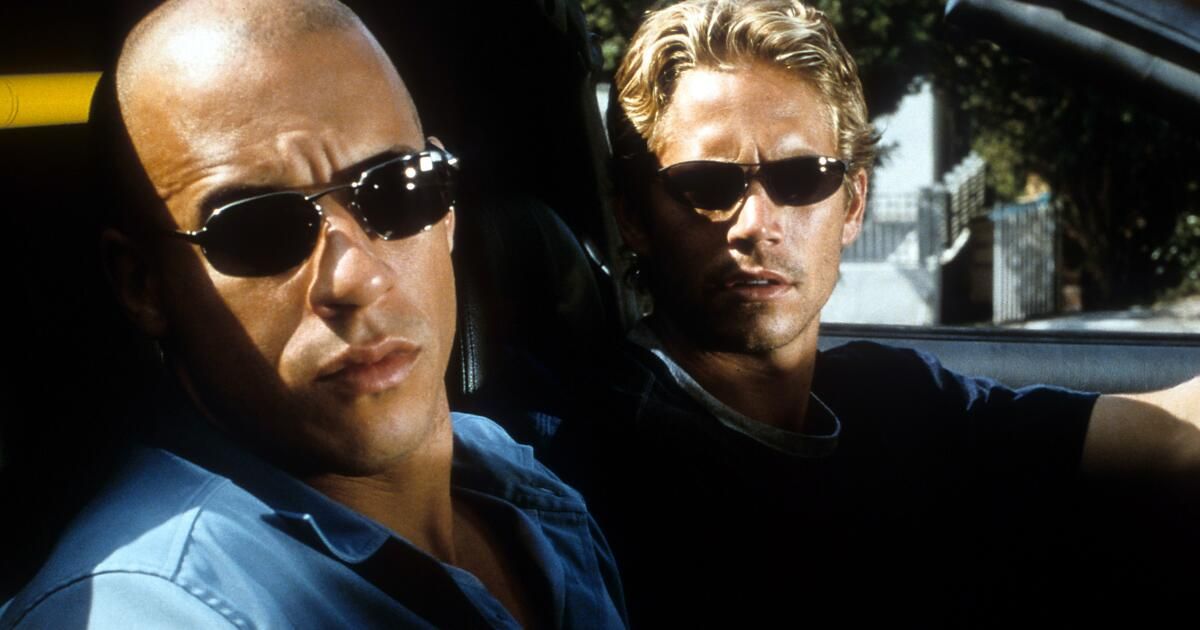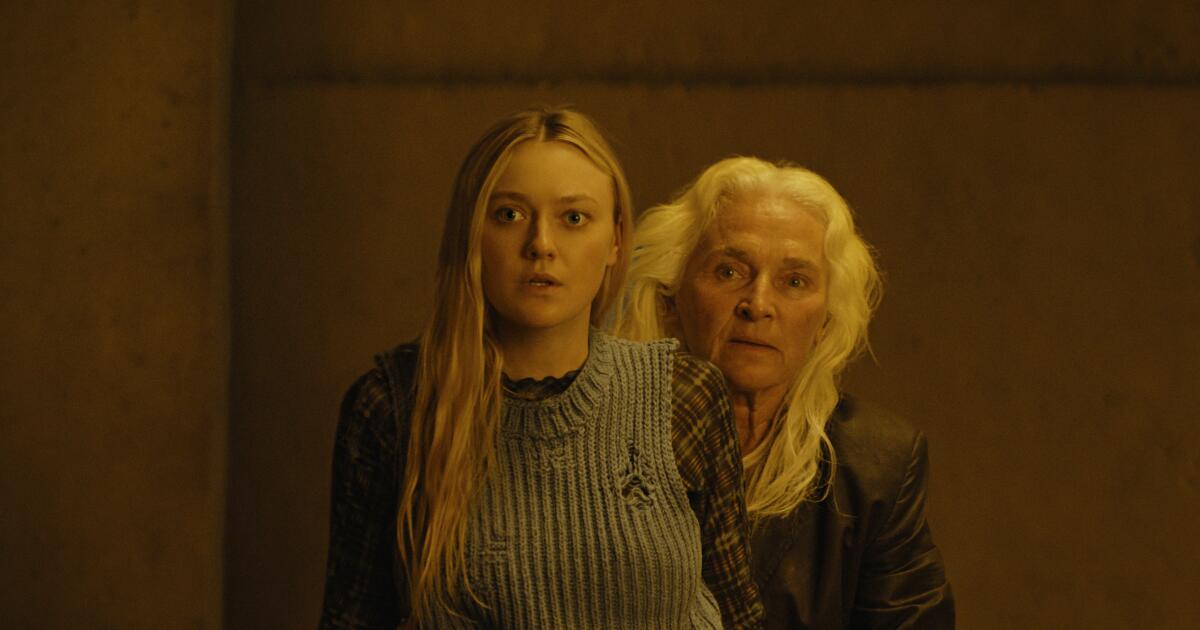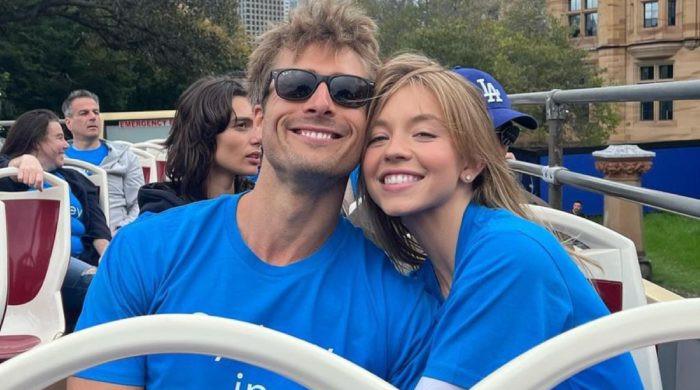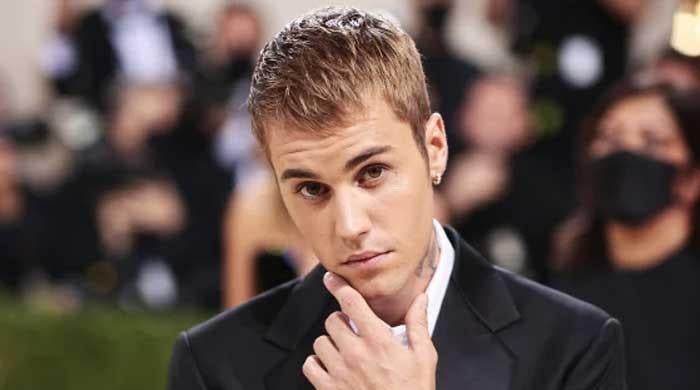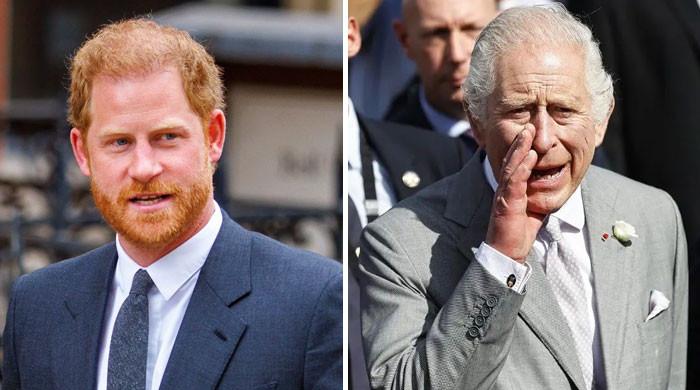Vin Diesel says that the planned end of the long franchise “Fast & Furious” will come with an unexpected passenger.
Speaking in Fuel Fest, an automotive event in Pomona during the weekend, Diesel told fans that the final film “Fast & Furious” will bring one of the most beloved characters in the series back: Brian O'Conner of Paul Walker. Dominic Toretto's screen, O'Conner, O'Conner, appeared for the last time in “Furious 7” of 2015, which was completed after Walker's death in a car accident in 2013 at 40 years.
The franchise, known for its combination of street races, elaborate robberies and huge action, has become one of the most successful of all time, with more than $ 7 billion at the global box office.
“Just yesterday I was with Universal Studios,” Diesel said in a video of the event. “The study told me: 'Vin, can we have the end of' Fast & Furious'? [in] April 2027? I said: 'Under three conditions', because I've been listening to my fans base. “
Those conditions, he said, were to bring the franchise back to Los Angeles, return to their roots on the street and gather Dom and Brian.
“That is what you are going to get in the end,” Diesel promised.
The way production could achieve that meeting is still clear. When Walker died during the creation of “Furious 7”, the filmmakers resorted to a mixture of archived images, digital effects and performances by Walker, Caleb and Cody's brothers, who served as substitutes for unfinished scenes. Weta Digital artists created more than 300 shots of visual effects to assign Walker's image in their brothers' bodies, often joining the dialogue of existing recordings. The farewell of the film, showing Brian and Dom driving next to each other before dividing on separate roads, became one of the most memorable and emotional moments of the franchise, widely seen as a tribute to Walker's legacy.
A return to Brian O'Conner would join a growing list of posthumous digital actions in the main franchises, a practice that continues to cause debate about where the line should be drawn. In “Rogue One: A Star Wars Story” of 2016, Peter Cushing's Grand Moff Tarkin was recreated through a mixture of movement capture, CGI and archive material, decades after Cushing's death. In 2019, “The Rise of Skywalker” was based on previously unused images and digital seams to return Carrie Fisher's Leia to the screen three years after the death of the actress.
And in “Alien: Romulus” last year, the similarity of the deceased Ian Holm was recreated as an android using AI and digital effects, with the approval of its heritage, an election that caused controversy and led to the use of more practical effects on the launch at the home of the film.

